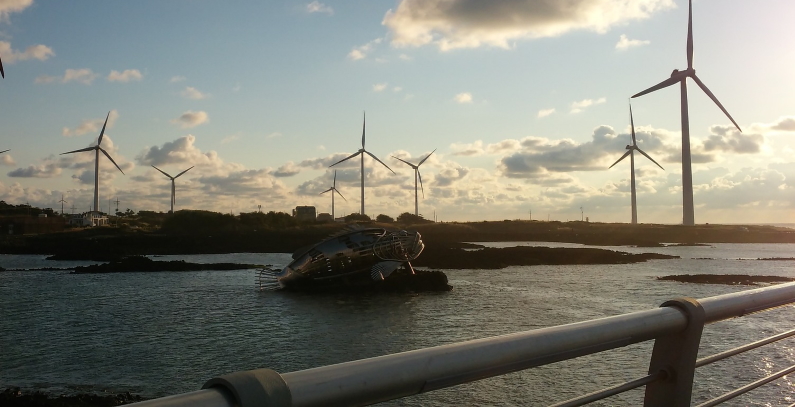
Photo: Pixabay
Green energy has been the most resilient to the effects of lockdowns worldwide, said Dave Turk, Acting Deputy Executive Director of the International Energy Agency. The demand for renewables is seen growing 1% this year, while the coronavirus impact may push the level in the overall energy sector as much as 6% lower, according to the annual review.
Sourcing the cheapest energy sources possible may not be the best solution for the medium and long term for the security of supply, Acting Deputy Executive Director of the International Energy Agency Dave Turk warned governments. He said at a webinar organized by WindEurope that 50% of energy usage worldwide has been exposed to the ongoing pandemic containment measures. However, the IEA found the demand for renewables is on track to rise 1% this year while that the coronavirus crisis is devastating the other market segments.
When it comes to greenhouse gases and pollution, a huge rebound and the return to a rising trend for fossil fuels mustn’t be allowed, Turk stressed. In comparison to renewable energy sources, the demand for coal is seen plunging 8% in 2020, according to the agency’s latest global review.
The demand for renewables may strengthen 1% in 2020 and energy output in the sector is seen expanding 5% while other market segments are hit due to the impact of the coronavirus pandemic on consumption
Renewables have proven to be “the most resilient” in the first quarter due to the fall in costs for the technology in recent years, the IEA’s deputy chief pointed out. Total energy demand is estimated to decrease by up to to 6% depending on the pace of recovery and the possibility of a second wave of the pandemic. The plunge in the first trimester was 3.8% on an annual scale.
The dynamic in green energy has become much different with regard to competitiveness but also prices, Turk underscored and added the increased stability enables investment planning on a longer run than before.
As for carbon dioxide (CO2) emissions, they are projected to drop 8% or 2.6 gigatons this year, to 30.6 gigatons. The volume would be the largest ever and such a contraction in percentages hasn’t happened in more than seven decades. In the wake of the global financial crisis a decade ago, emissions of the greenhouse gas fell by only 0.4 gigatons.
Green energy is becoming more appealing with time as the technology is becoming cheaper and prices are stabilizing
It is “time for government leadership” toward storage solutions, particularly electrolysis and clean hydrogen, which must become competitive, according to Turk.
Turning to developing world, including Africa and Southeast Asia, he asserted the demand for electricity is growing at a rapid rate. The IEA official stated the change in human behavior like with teleworking and teleschooling is “sticky” to an extent and that it marks the trend. The trajectory for India shows it would require the expansion of the national grid at the current size of Europe in the next ten years, he said.
IEA’s Turk says states need to back efforts to make electrolysis and clean hydrogen competitive
Of note, the agency estimated power demand would shrink by 5% this year while that output in the renewables sector is going to rise by 5% compared to the year-on-year growth of 3% in the first quarter, as the coronavirus pandemic struck.


















Be the first one to comment on this article.